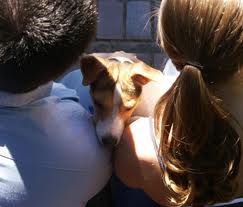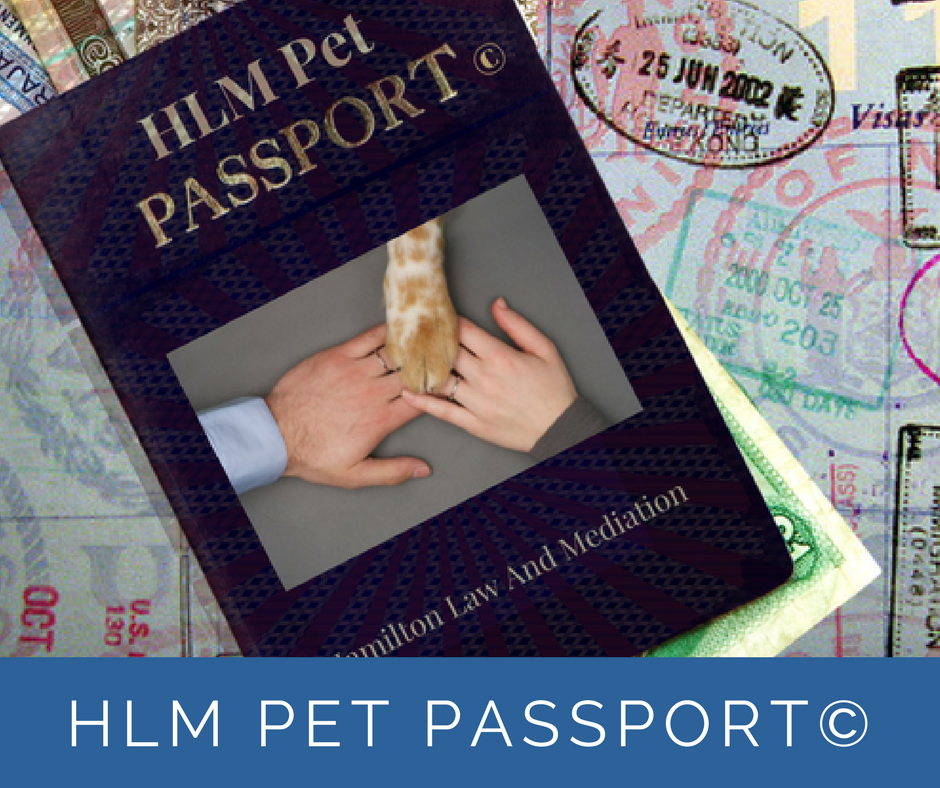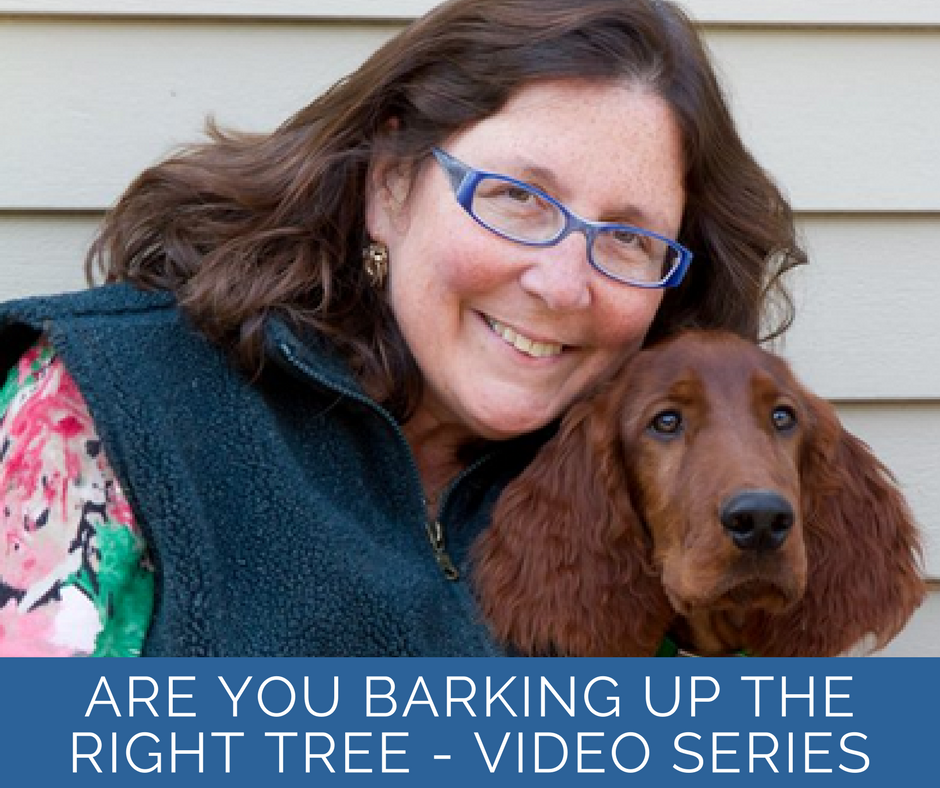By Debra Vey Voda-Hamilton
Today’s blog addresses the plight of ineffective communication between rescues and hopeful adopters. I help rescue the rescuers and save adopters from missing the opportunity of adoption. I enable everyone to use language and behavior that facilitates more adoptions while retaining return adopters. The impetus for this weeks post is a call I received from a family who recently rescued a dog and now is in conflict with the rescue. I get these calls quite often.
Three important missions of rescue:
Rescue abused and abandoned pets
Evaluate pets for future re-homing
Screen prospective applicants as appropriate adoptive homes
Three important elements for an adopter:
Adopt a homeless animal
Provide life long care
Obtain a companion
You would think these parties were made for each other. More often than not however, the language they use alienates one from the other. Interpretation of language often causes a break down in communication and a missed opportunity for adoption. When that happens the only one who loses is the pet needing adoption.
Each camp is motivated to do good. Rescue organizations define good as ‘in the best interest of the animal’. They fully screen prospective owners to assure the placement is appropriate. If that means they lose a few recalcitrant adopters so be it. It’s about the pet after all.
The pet adopter is trying to adopt a needy pet and save it from being euthanized. They want to be its forever home. Yet they don’t want to be grilled or made to prove their commitment to the pet. These two parties might never get to the adoption phase of this ‘match made in heaven’ because of the language they use in the screening/adoption process.
The adoption process is flawed because the parties are people. They speak the way they speak, hear what is said with their own biases ears and interpret what is meant using their own definition. This means sometimes a dog can be left behind because misunderstood communication was afoot.
What may need to be done, by one or both of the parties, is STOP, DROP and ROLL. This is the process I help my clients use in mediation. I help them STOP talking and listen. Drop their interpretation of what is being said and allow the other party to fully define their meaning. Let how a person says something ROLL off their back in the interest of enabling a great home to be provided for a shelter animal.
Taking time to get a better sense of a persons meaning, when they use certain language styles you may be unfamiliar with, can provide you with an appreciation of what they mean. People define things differently. The meaning of what they say may be different from how you would say or interpret it. Stop Drop and Roll. Good words to live. It enables you to find a better level at which to communication for a clearer understanding of what a person means. Enabling relationships to be retained and more pets to find their forever homes.






